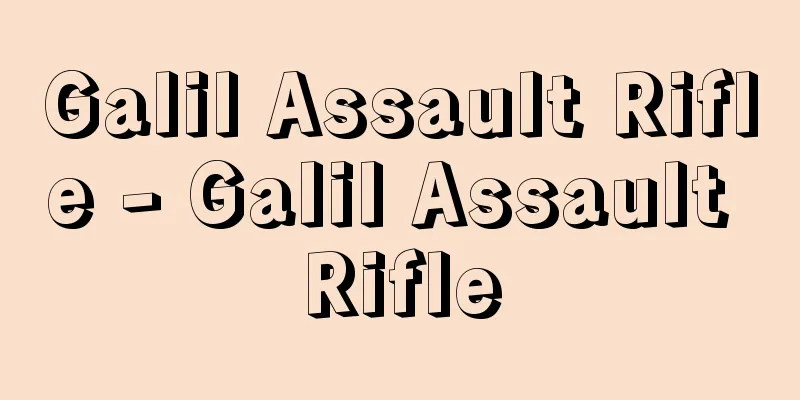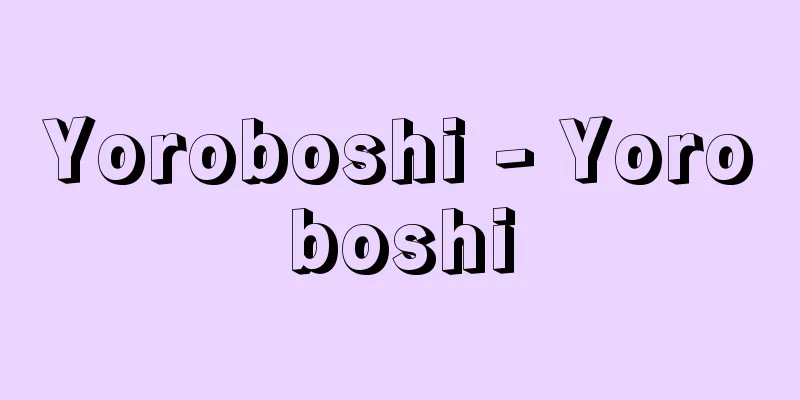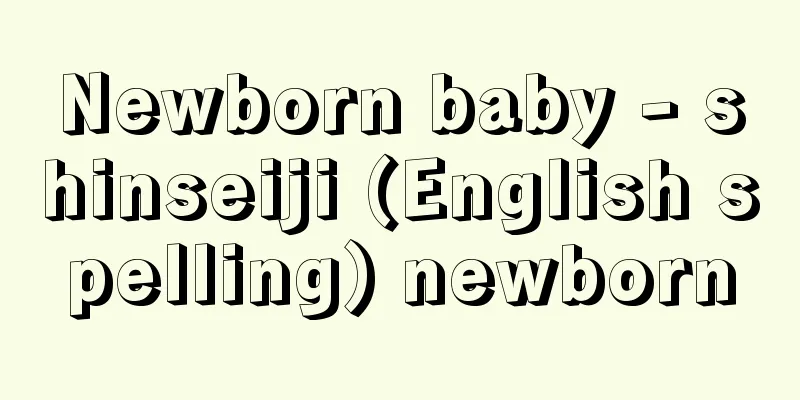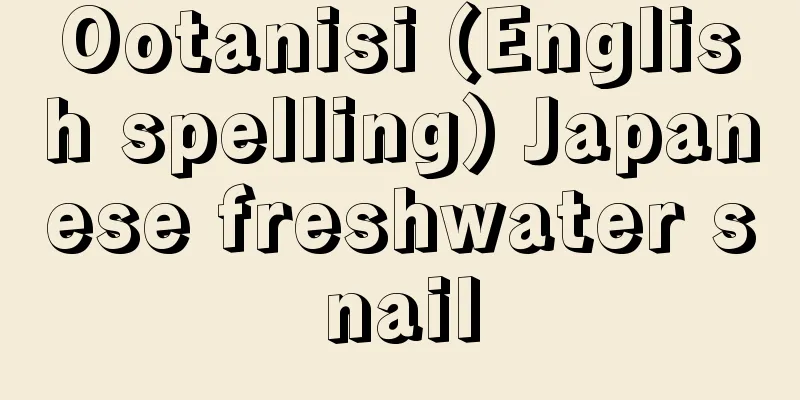Tooth extraction - Bashi

|
Teeth are fixed to the jawbone by fibers, but tooth extraction is a surgical procedure in which these fibers are cut, loosening and loosening the tooth, and then the tooth is removed from the jawbone. The following types of teeth are suitable for extraction: (1) Teeth due to disease of the tooth itself Teeth that are extracted due to disease of the tooth itself include teeth with severe caries (cavities) that cannot be restored, teeth with inflammation in the tissues around the root tip that cannot be saved even with root canal treatment, teeth that have become significantly loose due to severe periodontal disease, and teeth that are fractured and cannot be restored. (2) Teeth due to abnormal position There is nothing wrong with the tooth itself, but if its position is abnormal and it is completely useless, or even damaging the surrounding tissues, it is extracted. Specifically, these include supernumerary teeth (extra teeth other than normal teeth), impacted teeth (teeth buried in the gums or bone), displaced teeth (teeth that are abnormally positioned), and teeth that damage adjacent teeth or surrounding tissues, interfere with normal occlusion, and impede the removal and insertion of dentures. Tooth extractions may also be performed to remove baby teeth that are preventing permanent teeth from erupting, or for orthodontic treatment (treatment to improve the alignment of teeth). (3) Others Tooth extractions are performed when the teeth are the cause of systemic diseases such as rheumatism and allergies, or when trigeminal neuralgia is caused by a problem with the teeth. [Tsuchiya Takayuki] [References] | |Source: Shogakukan Encyclopedia Nipponica About Encyclopedia Nipponica Information | Legend |
|
歯は線維によって顎骨(がくこつ)に固定されているが、抜歯とは、この線維を切断し、弛緩(しかん)動揺させ、顎骨から歯を摘出する手術のことである。抜歯の適応となる歯としては次のようなものがある。(1)歯自体の疾患によるもの 歯自体の疾患のために抜歯を行う歯には、高度のう蝕(しょく)(むし歯)に罹患(りかん)し、修復不能な歯、根尖(こんせん)周囲組織に炎症があり、根管治療を行っても保存不可能な歯、高度な歯周疾患により著しく動揺している歯、破折したために修復不能な歯などがある。(2)位置異常によるもの 歯自体には異常はないが、その位置が異常であるためにまったく役にたたず、逆に周囲組織に障害を与える場合は抜歯を行う。具体的には、過剰歯(正常な歯以外の余分な歯)、埋伏歯(歯肉あるいは骨の中に埋没している歯)、転位歯(位置が異常な歯)などのほか、隣接の歯や周囲組織に傷害を与え、正常な咬合(こうごう)を妨げ、義歯の着脱の障害となるような歯があげられる。このほか、永久歯の萌出(ほうしゅつ)を妨げている乳歯を除去するためや、歯列矯正(歯並びをよくする治療)のために抜歯の処置がとられることもある。(3)その他 リウマチ性疾患、アレルギー性疾患などの全身的疾患や、三叉(さんさ)神経痛の原因が歯にある場合には、抜歯の処置を行う。 [土谷尚之] [参照項目] | |出典 小学館 日本大百科全書(ニッポニカ)日本大百科全書(ニッポニカ)について 情報 | 凡例 |
Recommend
Astley, P.
The modern circus was founded in 1770 by Philip A...
Wadayama [town] - Wadayama
Asago is an old town in northeastern Hyogo Prefect...
Personalism
…This has created a disconnect between law and so...
Oobaasagara - Oobaasagara
...The sapwood is white and wide, and is used for...
Azuma Mai
〘Noun〙 = Azuma Asobi (Eastern Travel) ※Sandai Jits...
Marcello Malpighi
Italian anatomist. Born in Crevalcore near Bologn...
The Legend of the Holy Grail
The 12th century writer Chrétien de Troyes was the...
spadix
…These changes are seen from the immature stage a...
Kareuta
…Shizuki's translation contained a critical s...
Ping pong tree (English name: Sterculia nobilis Smith)
An evergreen small to medium-sized tree of the Ste...
Uranine
…A type of yellow acid dye that has a carboxylic ...
Oriental weatherfish
…A freshwater fish of the family Cobicidae (illus...
The Principles of Idealism
…He proposed a philosophy whose sole task was to ...
Akaura Kawaiwatake - Akaura Kawaiwatake
…A leaf-like lichen that grows on rocks exposed t...
aghrugh
…During the Mongol Empire, it referred to a logis...
![Iyomishima [city] - Iyomishima](/upload/images/67caf307e0dc4.webp)








